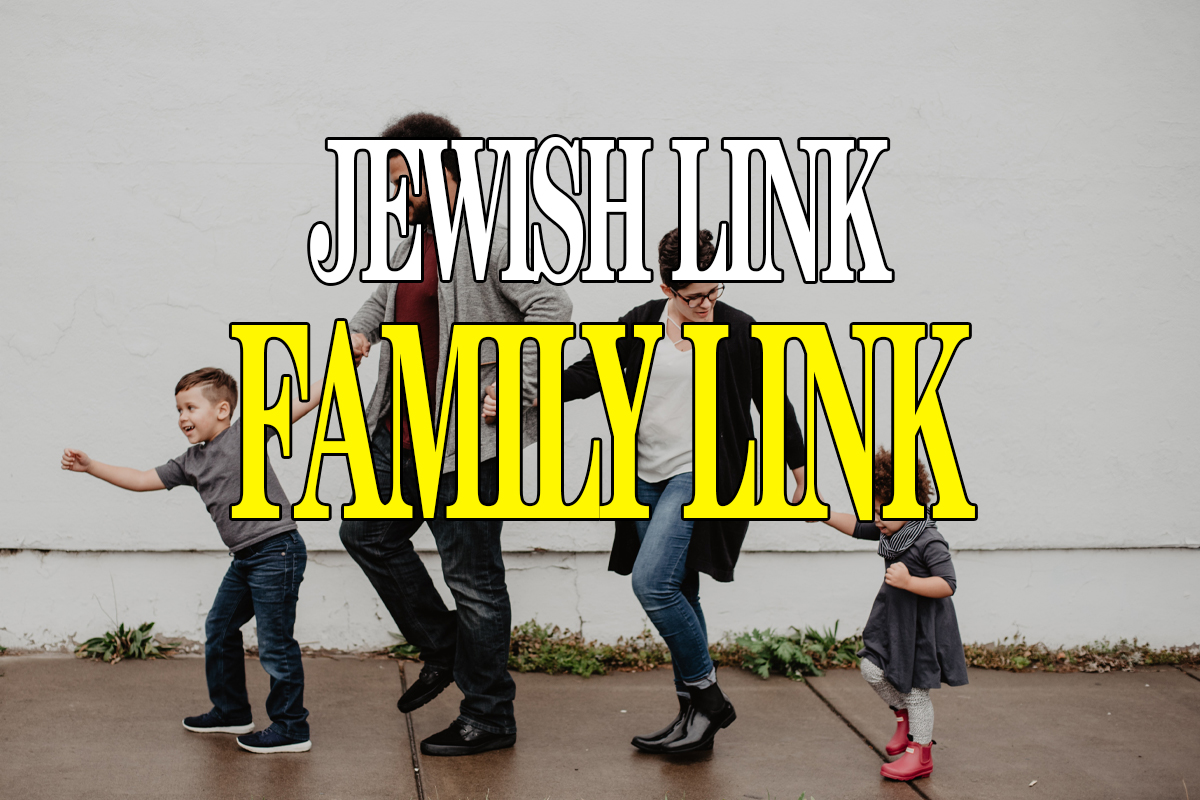Are speech therapists the same as speech-language pathologists? Do they do the same work?
Yes! Speech therapist and speech-language pathologist (SLP) are interchangeable terms. An SLP can work with diverse populations across a variety of settings. For example, SLPs can work in hospitals, homecare settings, private practice or schools. Service delivery areas include articulation/speech, comprehension, expressive language, social skills, pre-literacy and literacy as well as feeding and swallowing disorders. Special needs populations such as children with autism, Down syndrome or other developmental disabilities benefit greatly from a speech therapist to help work on improving their social skills and communication in different settings.
Even for non-verbal children, there are ways they can communicate via augmentative and alternative communication (AAC). While SLPs are certified to work across the lifespan, they generally specialize in pediatrics or adults (and even subspecialties within the population). For the purpose of this Q&A, we will focus on speech and language development within the pediatric population.
How early can one start speech or feeding therapy?
Early intervention is considered to be from birth to three years. Babies can experience difficulty feeding and/or swallowing while nursing or bottle-feeding. Some families need to consult with an SLP around 6 months of age if their baby experiences difficulty with solids. Aversions and sensory differences can arise during this stage as well. Depending on the concern, a registered dietician, occupational therapist, physical therapist or gastroenterologist may work alongside an SLP.
In addition to feeding, speech and language development begins from the moment your baby coos followed by babbling, imitating sounds and words, and eventually saying their first words. Speech and language therapy with toddlers will usually be play-based and child-led in that the clinician will incorporate the child’s interests and allow them to choose the activity. Caregivers are usually coached on what is done during the sessions so that it can be embedded into regular routines and generalized in and outside the home. The tips provided should be simple enough for the parent to implement in encouraging their child to communicate.
I am concerned about my 20-month-old child’s speech and language development but I was told to “wait-and-see.” Can I look into speech therapy anyway?
From birth to age 5, your child’s brain is developing more than at any other point in their life. This crucial period is where major developmental milestones are reached. Some pediatricians adopt a “wait-and-see” approach, suggesting that many of these children catch up to their same age peers. While children do develop at their own pace and many will catch up on their own, others do not. Most specialists would agree that if your child is not meeting the developmental milestones, it is worth getting an evaluation. Separately, parent gut instincts are usually onto something! By intervening early, we can reduce parents’ stress, reduce the child’s frustrations in hopes of increased communication and also avoid possible long-term language difficulties.
What is considered a “late talker?”
According to the Hanen Centre, “a late-talker is a toddler (between 18-30 months) who has good understanding of language, typically developing play skills, motor skills, thinking skills, and social skills, but has a limited spoken vocabulary for his or her age.” By 18 months, the expected range of a toddler’s expressive vocabulary ranges from 10-50 words. By 24 months, children on average are combining two words and having approximately 300 words. Late talkers can benefit from that extra one-on-one support to develop their expressive language skills as well as strategies for families to use at home.
What are some activities that I can do with my infant and toddler to encourage communication development?
There is so much that you can do even before a child begins to say their first words! I bet you already do a lot of it without even knowing.
- Read to your child! You don’t have to read every word and they don’t have to be sitting with you for the entire story. Be animated, point to the pictures, use simplified language. And while it may be boring for you to read the same book over and over again, repetition is best for our babies when it comes to increasing language.
- Narrate what you are doing throughout the day. Whether it be when you change your baby’s diaper, during bath time, or at the supermarket, talking to your baby about what you are doing allows them more opportunities to associate the vocabulary with the actions.
- Model sounds for your baby to imitate. Engage in that back-and-forth interaction. It may be cooing to your 3-month-old or having laughing exchanges with your 5-month-old. It may mean that you are encouraging your 7-month-old to babble by modeling different strings of sounds (bababa). A particularly fun stage is when your baby starts to use conversational intonation sounding like they are talking to you without using any real words (around 10-12 months).
As a parent of toddlers, I understand the excitement and worry that developmental milestones can bring. It is so important that each child should be met where they are and individually cared for as there is no “one-size-fits-all” approach.
Johanna Stadtmauer is a pediatric speech-language pathologist. She has her own private practice, Ready Stadt Speech, where she travels to children’s homes, schools and daycares to provide speech and language therapy around Bergen County. Johanna primarily works with infants through early elementary school-aged children. Have more questions related to pediatric feeding, speech and language development? Reach out to Johanna at johanna@readystadtspeech.com.










